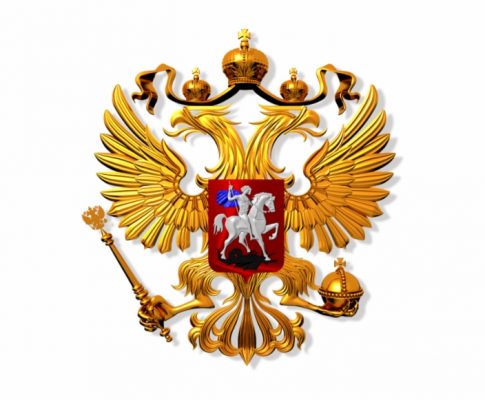Many people like to watch foreign films. However, not everyone understands what the actors are saying in the original version. To make life easier for viewers, we make dubbing of foreign videos into Russian. Surely, while looking for a suitable tape on the Internet, you came across notes on the number of voices used in the dubbing of the film.
Characteristics and differences between polyphonic and monophonic dubbing
In order to learn about the ma
 in differences and features of each type of dubbing, you need to understand their definitions:
in differences and features of each type of dubbing, you need to understand their definitions:
One-voice translation. For all
the actors, one person pronounces the Russian text. This type was popular at the end of the last century, as there was no alternative. Now, with the development of recording technology and translation skills, monophonic translation has become less popular and in demand. In the modern world, such a translation is carried out mainly for new episodes of popular TV series, since viewers do not want to wait long for professional dubbing and are
ready to watch even the version with one understudy actor.
Polyphonic translation. It is performed by several actors, and this type of dubbing implies a higher level of both text translation and dubbing of the video. Actors are selected with a tone of voice similar to the tone of the person they will be dubbing. The text itself is translated taking into account the mentality of the country, the use of slang expressions, as well as the length of the original phrase. This is important to ensure that the voice of the actor matches the articulation of the character. In this matter, assistance is provided by an employee who specializes in simultaneous translation. Maximum similarity of voice and articulation allows for maximum immersion.
When dubbing, an important factor is the presence of separate audio and video tracks. This allows the original sound to be removed, so that when dubbing and video are combined, there will be no interference in the form of the original voices of the actors.



